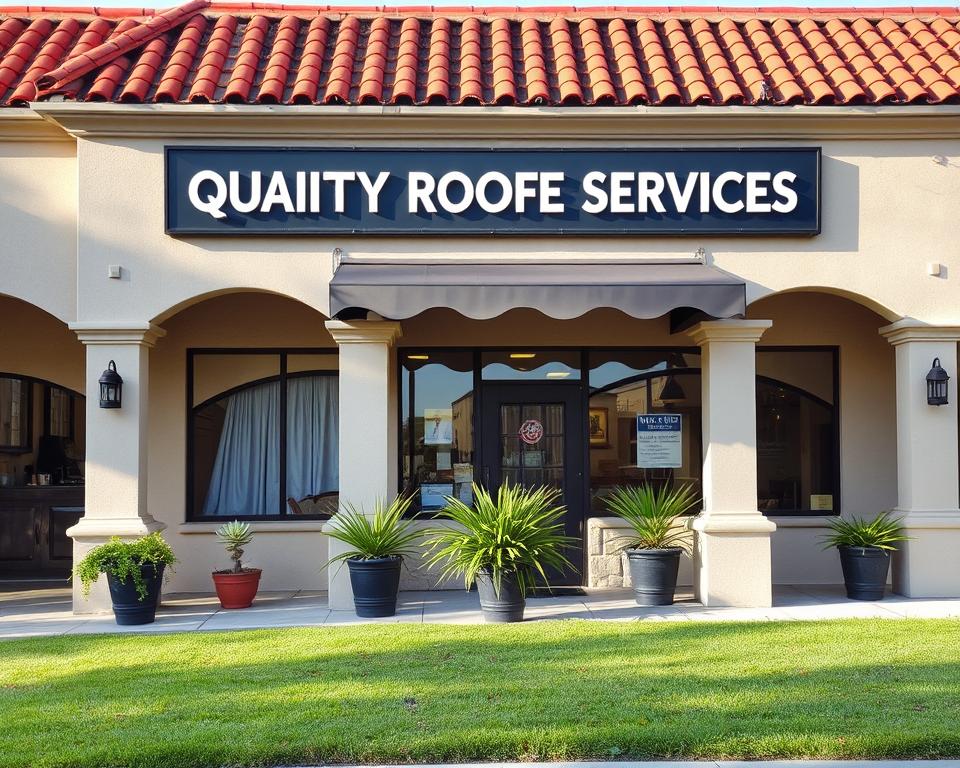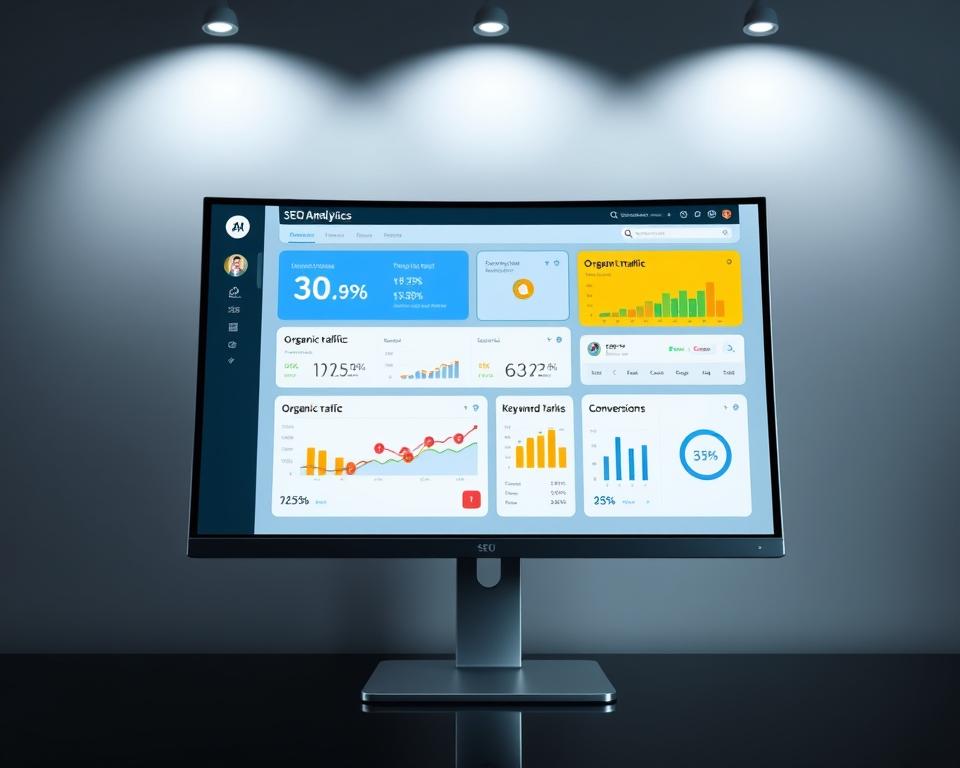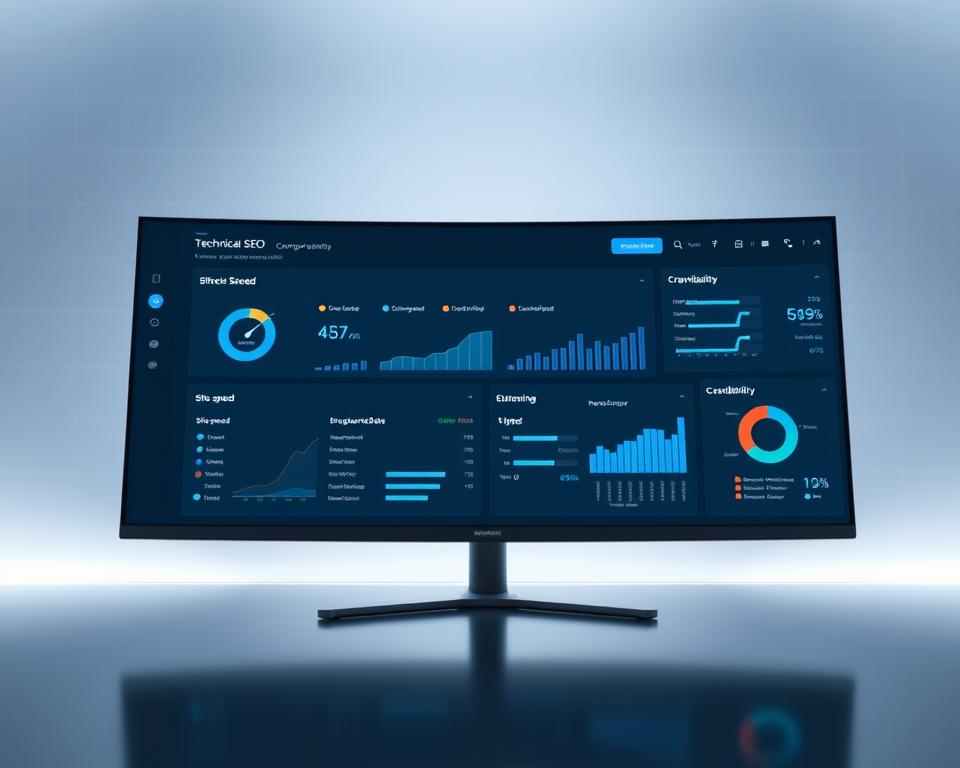Seasoned 1on1 Digital Marketing Assistance for Growth
“Marketing is no longer about the stuff you make but about the stories you tell.” – Seth Godin. Today, the internet sphere requires that your brand tale be delivered with precision and planning. By partnering with a 1on1 Digital Marketing Company, you gain access to bespoke digital marketing approaches. These tactics not only spark development but also amplify your brand’s visibility. At Marketing 1on1, a leader since 2012, we adapt our blueprints to turn your online presence into a vibrant commerce hub. Our 1on1 site aim is more than merely publicize your offerings; we morph your web portal into a sales juggernaut, excelling among digital rivals.
Important Discoveries
- 1on1 digital marketing solutions provide tailored approaches for individual enterprise needs.
- Picking the right digital marketing agency is essential for realizing expansion.
- Tailored internet marketing campaigns elevate audience interaction and conversion rates.
- Marketing 1on1 has been a pace-setter in the digital landscape since 2012.
- Your site can grow into a high-impact marketing asset with the optimal approach.
- Success in the internet world relies on effective storytelling.
Understanding the Importance of Digital Marketing
Today, the importance of digital marketing can’t be overstated for companies both big & small. The internet transformation has profoundly shifted how consumers locate what they want. Possessing a solid digital profile allows you to engage with would-be clients in impactful manners.
By embracing efficient digital tactics, your business can extend its reach. Studies shows that companies spending on digital marketing gain heightened visibility. Without a dynamic digital marketing strategy, your enterprise faces the danger of falling behind, ceding customers to more visible digital rivals.
- Effective search-engine tuning improves your website’s position in query listings.
- Social media networks offer channels to connect straight with your audience.
- Email marketing can nurture potential clients and retain loyal customers.
Digital marketing enables your venture stay nimble, responding to consumer movements and staying ahead in fierce competitions. Embracing these tactics is essential for expansion and broadening your brand footprint.

What is a 1on1 Digital Marketing Company?
A 1on1 Digital Marketing Company concentrates in creating marketing blueprints for individual clients. Unlike one-size-fits-all approaches, it emphasizes recognizing your specific goals. Explore the 1on1 primary portal to discover solutions that can boost your web presence.
This agency shines by being clear and building partnerships. By engaging directly with customers, it targets mutual victories. It crafts marketing plans to enhance your internet reach and connection efficiently. Customized methods enable your business stand out and match with your goals.
Benefits of Tailored Digital Marketing Services
Personalized digital marketing offers a variety of advantages that can elevate your company to fresh peaks. Bespoke initiatives enable a stronger link with your customers. This one-to-one approach helps forge real relationships with clients, providing insights into their likes and requirements.
Key pluses of personalized digital marketing cover:
- Heightened Engagement: Marketing that matches the specific interests of customers often see better engagement.
- Boosted Customer Loyalty: Custom messaging helps in creating lasting bonds, motivating customers to come back.
- Elevated Conversion Rates: Campaigns crafted for the specific requirements of customers can generate stronger outcomes from them.
- Superior Customer Experience: Customizing material boosts happiness by ensuring relevance to each user.
Embracing personalized digital marketing strategies doesn’t just improving your outreach efforts but also positions your brand as thoughtful and attentive to customer needs. These custom methods can spur continuous growth and fortify your standing in the sector.
Key Services Supplied by 1on1 Digital Marketing Companies
1on1 digital marketing companies offer essential solutions to boost your brand’s digital presence. These comprise SEO, social media management, and content crafting. Each one engages and activates your followers, lifting your brand’s profile.
SEO is essential for improving your site’s placement on SERPs. It draws more traffic and improves sales by optimizing material and using the appropriate phrases.
Social media management makes sure you interact with your audience on platforms like Facebook, Instagram, and Twitter. Tailored updates builds dialogue and loyalty to your brand.
In addition, 1on1 digital marketing firms often supply pay-per-click (PPC) advertising. This method targets particular demographics, maximizing your marketing budget. These comprehensive services create a cohesive strategy that propels your business ahead.
The Importance of Content Creation in Digital Marketing
Content creation is crucial for successful digital marketing strategies. Today, quality content is what genuinely sets companies apart. Firms that focus on content are better at engaging with users. This engagement not only informs but also fosters strong customer allegiance.
Focusing on content creation goes beyond merely improving aesthetics. Keyword-tuned content elevates your search engine ranking, drawing in more viewers. This generates higher sales and growth in the competitive realm of online marketing.
- Originality: Stand out with unique content.
- Relevance: Adapt your content to your audience’s demands to raise engagement.
- Value: Deliver useful knowledge to build trust.
Ignoring content creation in online marketing might cause lost opportunities. Place content a focus to engage deeply with a broad customers.
Strategies for High-impact Lead Generation
Prospering in cut-throat arenas demands powerful lead generation. Precision-focused email campaigns directed at specific customer groups are vital. Customizing these emails boosts involvement and lifts response numbers significantly.
SM posts that resonates is also important. Posts that resonate deeply with your followers encourage dialogue. This back-and-forth sparks shares, boosting your brand’s visibility.
Paid advertising, when properly managed, is another strong approach. It uses analytics to understand customer patterns, allowing immediate campaign tweaks. This guarantees your endeavors are consistently in tune with what your customers expects.
Grasping the impact of your lead generation is critical. This is where insight tracking comes into play. By examining customer touch-points, you can sharpen your digital marketing tactics. This refinement produces more effective messaging and enhanced lead conversions.
The Effect of Social Media on Business Growth
Social media marketing has revolutionized the way companies communicate with their customers. Platforms like Facebook, Instagram, and Twitter provide a distinctive avenue to link one-on-one with audiences. This personal interaction elevates engagement and nurtures loyalty, driving business growth considerably.
Brands can create easily shared content on social media, multiplying their spread with ease. This shareability can expand your audience greatly. Additionally, demographic-focused advertising facilitates accurate demographic outreach, maximizing marketing efforts.
Discover how social media can power your business:
- Heightened Brand Awareness: Regular, compelling posts hold your brand top-of-mind for consumers.
- Customer Engagement: Real-time dialogue raises customer connections, turning them into ambassadors.
- Traffic Generation: Social media referrals can produce increased website traffic, possibly boosting sales.
- Insights and Analytics: Analytics from these platforms provide useful information on customer behavior.
How 1on1 Digital Marketing Services Cater to Companies Large & Small
1on1 Digital Marketing Services deliver digital marketing for all businesses. They create approaches that match each partner’s distinct goals. Regardless of whether you’re newly launched or in charge of a established enterprise, they supply bespoke solutions. These are crafted to help achieve your specific targets.
Small businesses center on growing community presence. They might use local SEO, grow social media presence, and market within the region. On the contrary, enterprise-level brands could see more value in nationwide strategies. These could comprise comprehensive content marketing efforts and thorough data analysis.
- One-to-one consultations guarantee your distinct needs are addressed.
- Scalability in planning accommodates varying funding constraints.
- Regular back-up and optimizations align your marketing efforts on track to scaling targets.
The method of tailored marketing for small and large companies highlights a strong dedication. It aims at achieving successful solutions that encourage growth at any size.
Emerging Movements in Digital Marketing for 2025
As 2025 approaches, digital marketing shifts are ready to revolutionize the internet marketing scene. An key change is the expanded use of artificial intelligence. This tech will help formulate more precise marketing plans. AI will dive deep into studying consumer patterns and forecasting forthcoming trends, making connection rise.
For the years ahead, personalized content will be essential. Buyers require experiences that match their needs. Businesses that tailor their communication will remain leading. They’ll use metrics and statistics to create content that truly connect with their audience.
SEO strategies will emphasize long-tail keywords even further. Highlighting these niche queries will draw more targeted leads. This tactic matches the growing attention on specialized audiences, seeking to satisfy particular consumer needs.
The appeal of video content is on the rise. Channels like TikTok and Instagram Reels are at the vanguard. They’ve demonstrated that succinct, impactful videos can elevate engagement. This is essential to remaining relevant in the rapid internet scene.
Participatory marketing is gaining traction. Current users expect genuine and immersive experiences. By incorporating polls, quizzes, and AR, companies can deepen user engagement. This creates a more fulfilled and connected community.
In a nutshell, keeping pace with these digital marketing movements is essential for any future-focused company. Creating and centering on tailored, high-impact content will sustain your marketing initiatives effective. This is key in the current dynamic digital world.
Picking the Ideal 1on1 Digital Marketing Company
Finding the suitable digital marketing partner demands thoughtful consideration to match your business aims. It’s crucial to opt for an organization with sector expertise and a talent for developing campaigns customized to your specific needs. A transparent way of working is key as it creates reliability and facilitates smooth communication.
The track record of a 1on1 marketing company is evident in its case studies or reviews from clients. Such an company’s background of successful projects signals its reliability. It’s important to focus on how they personalize marketing initiatives, as tailored plans greatly boost interaction.
- Review their experience in your industry
- Assess the services they supply
- Consider their way of corresponding
- Analyze their tracking systems
Partnerships that are built to last often bring the most significant benefits in digital marketing. Opting for an organization that aligns well with your targets can substantially boost cooperation. The perfect choice is an firm that not only shares your ethos but also aims for a seamless team dynamic.
The Budget-Friendliness of Online Marketing Services
In the pursuit of business growth, affordable digital marketing is crucial. It often delivers a superior return on investment than offline advertising channels. By concentrating on well-chosen online platforms, businesses can extend their reach cost-effectively.
Personalized strategies allow organizations of various levels to adopt cost-effective marketing strategies. The advantages of online marketing feature:
- Adaptability in outlay enables you to allocate resources where they count most.
- Focused campaigns guarantee your message reaches the right market.
- Access to analytics helps track the impact of each effort.
- Quick changes can be implemented based on immediate results.
The versatility of digital marketing allows matching with your finances for impressive returns. Its scalable characteristics is key for sustained business growth.
Hurdles Confronting Contemporary Digital Marketing Strategies
In the swift-moving digital marketing world, the battle to be noticed is undeniable. A plethora of brands battles over consumer attention, making distinct communication essential. Among strong competition, separating your brand remains imperative.
The ever-changing formulas on platforms introduce another major hurdle. These adjustments can affect how exposed you are to your audience. Staying abreast of these changes is vital. It helps you adjust your approaches and preserve a strong web presence.
Additionally, changing consumer habits necessitate consideration. As consumer expectations evolve, appealing to them turns more challenging. Errors here can result in your marketing campaigns under-performing.
Successful handling through these challenges demands flexibility and ingenuity. Working with a experienced digital marketing partner might provide the guidance essential. It could be the key in securing lasting results amidst these challenges.
Measuring the Success of Your Digital Marketing Efforts
Perfecting the tracking of your digital marketing activities is crucial for continued growth. Digital marketing insights assist measure crucial KPIs. Zero in on metrics like site visits, lead-to-sale percentages, and visitor involvement. These indicators reveal the impact of your tactics.
Using A/B testing is crucial for tweaking marketing methods. It allows you to compare different iterations to grasp audience likes better. By listening to customer feedback, you can apply well-grounded improvements. This commentary is vital for assessing your campaigns’ effectiveness.
Moreover, determining your ROI reveals financial performance. Identifying your ROI directs you to the best-performing marketing paths. Regularly analyzing these elements hones your roadmap for better target realization.
Wrapping It Up
Collaborating with a 1on1 Digital Marketing Company is vital for securing planned expansion and elevating your online visibility. Bespoke plans and individualized solutions play a significant part in effectively reaching your target audience. These elements guarantee that your business stands out in the dense digital landscape.
The advantages of utilizing expert digital marketing offerings are considerable. Higher interaction levels and greater lead generation are among the primary perks. This summary underscores that targeted marketing initiatives produce concrete success. It enables businesses to stay nimble in a ever-evolving market.
Grasping digital marketing subtleties is key to developing a solid digital profile. As you explore these tailored offerings, remember the significance of putting resources into personalized approaches. They are far from helpful—they are crucial for your enterprise’s future success. Taking well-planned moves will assist your brand flourish in a crowded landscape.









